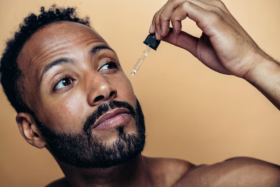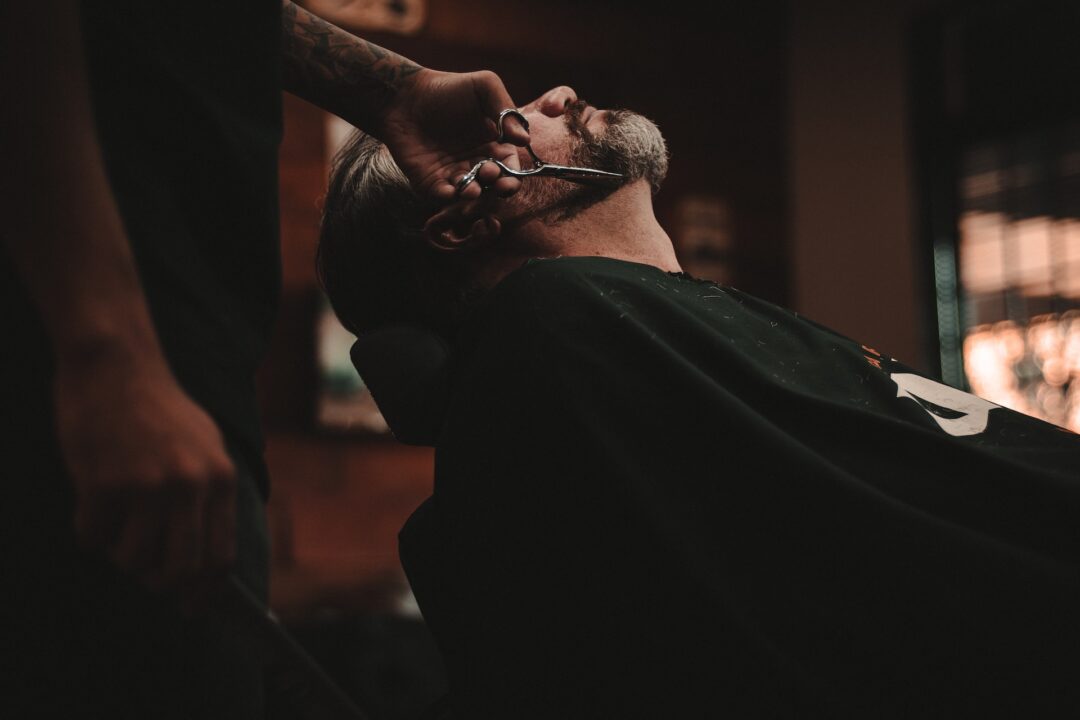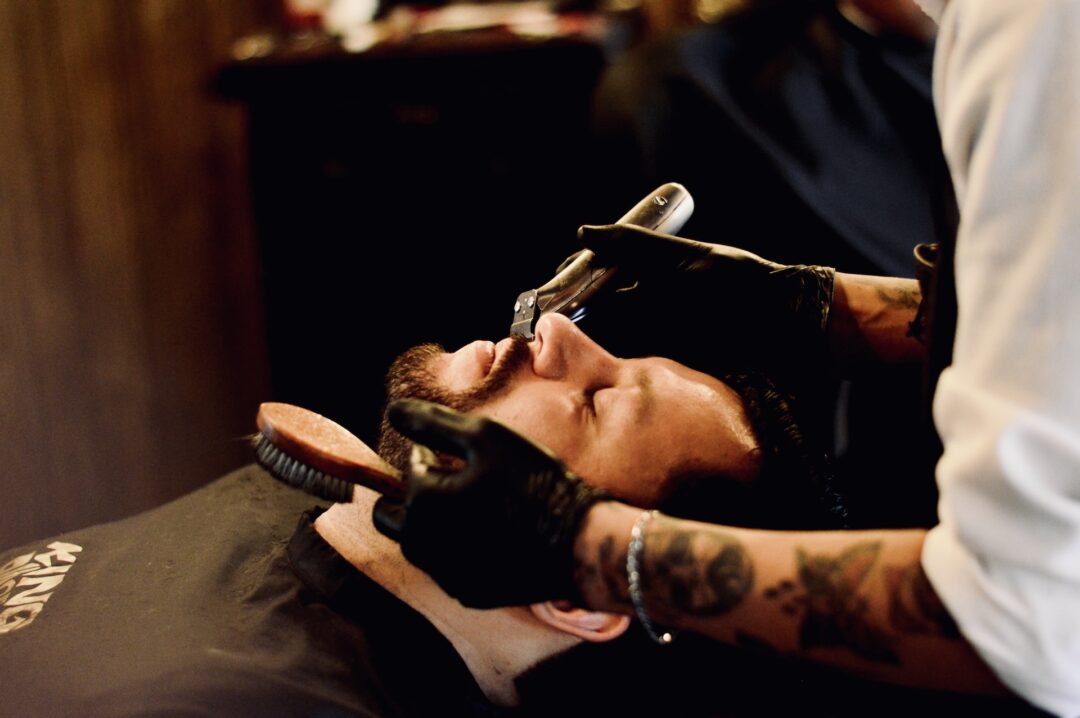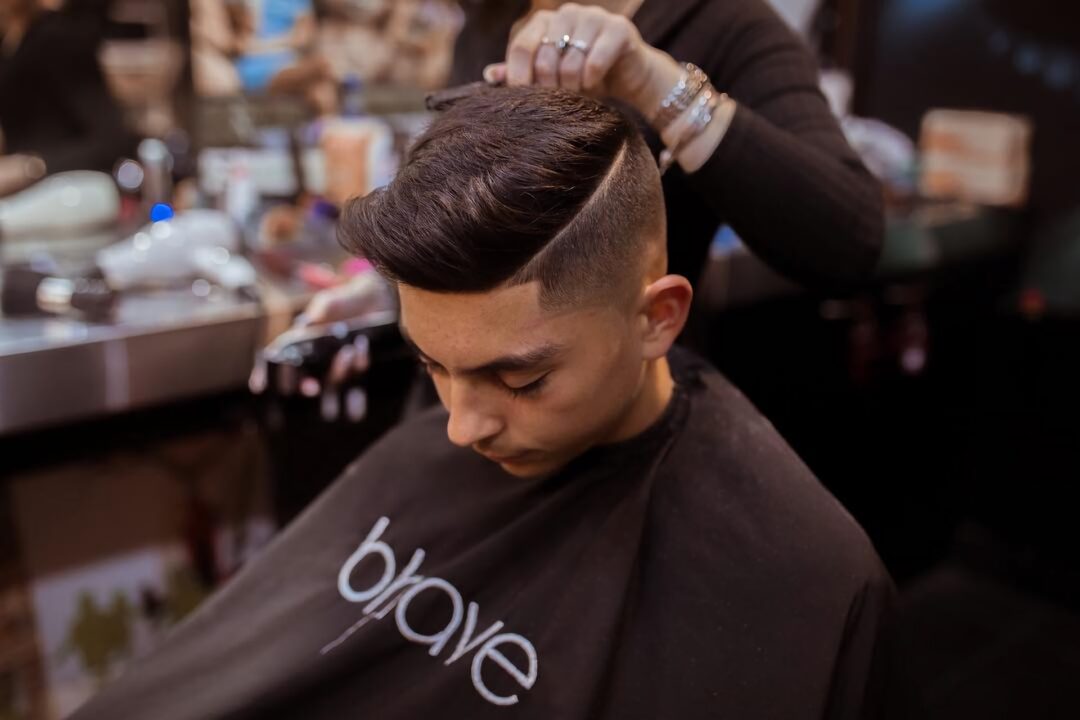A soft, well-groomed beard is a badge of honor and a sign of proper care. Whether you’ve recently decided to grow a beard or have been sporting one for years, achieving that smooth and touchable texture is likely one of your beard-care goals. With the right approach and products, you can transform your beard from coarse and wiry to soft and manageable. In this article, we’ll delve deep into the world of beard care to help you understand how to soften your beard, no matter your hair type or beard length.
The Basics of Beard Hair
Understanding the nature of beard hair is essential for proper grooming and maintenance. Beard hair is distinct from the hair on your scalp, and knowing its structure and characteristics can help you manage it effectively. In this guide, we’ll delve into the structure of beard hair and highlight the differences between beard hair and scalp hair.
Structure of Beard Hair
Beard hair, like all hair, is composed of several layers that contribute to its unique properties:
- Cortex: The Cortex is the innermost layer of beard hair and contains moisture and pigments. It plays a crucial role in determining the hair’s color, strength, and elasticity. The cortex is responsible for the hair’s ability to hold moisture, which affects its overall texture;
- Cuticle: The Cuticle is the outermost layer of beard hair and serves as a protective barrier. It consists of overlapping scales that help shield the inner layers from environmental damage and prevent moisture loss. A healthy cuticle is essential for maintaining soft and manageable beard hair;
- Medulla: The Medulla is the central core of hair fibers, but it is not always present in all beard hairs. It is more commonly found in thick and coarse beard hairs. The presence or absence of the medulla can influence the texture and thickness of individual beard hairs.
Understanding these structural components is crucial because they determine the texture, strength, and overall appearance of your beard hair.
Differences Between Beard Hair and Scalp Hair
Beard hair and scalp hair differ in several significant ways, and recognizing these distinctions is essential for proper grooming and care:
- Texture: Beard hair is generally coarser and rougher compared to scalp hair. The coarser texture is due to the thicker cuticle and a larger medulla in many beard hairs;
- Curvature: Beard hair tends to be more curved or wavy, while scalp hair is often straighter. This curvature is a result of the follicle shape and the way the hair grows out of the follicle;
- Growth Pattern: The growth pattern of beard hair differs from that of scalp hair. Beard hair grows at various angles, which can lead to ingrown hairs and the formation of beard “cowlicks.” Understanding the growth pattern can help you achieve a more uniform and well-groomed beard.
Essential Beard Softening Methods

Every beard is unique, but these methods are universal in their softening power.
Beard Oils
Beard oils are essential products for anyone seeking to soften their beard. They are formulated to provide moisture and essential nutrients to both the beard hair and the underlying skin. Below, we outline popular ingredients found in beard oils and their benefits:
| Popular Ingredients | Benefits |
| Argan Oil | Hydrates and softens beard hair; |
| Jojoba Oil | Mimics natural sebum, keeping the beard moisturized; |
| Coconut Oil | Provides deep moisturization, preventing dryness; |
| Almond Oil | Reduces inflammation and dryness, promoting a softer beard. |
Beard oils are typically applied by massaging a few drops into the beard and skin beneath. They help in softening beard hair by replenishing moisture and preventing dryness and frizz.
Beard Balms
Beard balms serve a similar purpose to beard oils but have a thicker consistency. They often include wax or butter as well, which provides a light hold, helping you style your beard. Beard balms are particularly useful for taming unruly or coarse beard hair. They are applied in the following manner:
- Scoop a small amount of balm onto your fingertips;
- Rub your fingertips together to warm the balm, making it easier to apply;
- Massage the balm into your beard, working it through the hair to the skin.
The thicker consistency of beard balms helps in softening the beard while providing some control over its shape and style.
Beard Conditioners
Just as you condition the hair on your head, beard conditioners are crucial for those looking to soften their beard. These specialized conditioners are designed to nourish and hydrate beard hair, making it more manageable and soft. Here’s how to use beard conditioners effectively:
- After shampooing your beard (if desired), apply a generous amount of beard conditioner;
- Allow it to sit for a few minutes to penetrate the hair shaft;
- Rinse thoroughly with lukewarm water.
Beard conditioners often contain ingredients like natural oils, shea butter, and aloe vera, which help in softening, hydrating, and reducing frizz in your beard.
Techniques for Black Men

Black men often have unique challenges when it comes to beard care due to the specific characteristics of African beard hair. African beard hair is typically curly and can be more susceptible to dryness and breakage. To achieve a soft and well-groomed beard, it’s essential to follow specific techniques tailored to these hair types. Let’s explore detailed techniques for softening and maintaining a black man’s beard.
Moisturize Regularly
Curly beards have a tendency to dry out faster than straight hair due to their unique structure. Regular moisturization is crucial for maintaining soft and hydrated beard hair. Here’s how to moisturize your beard effectively:
- Beard Oil: Use a high-quality beard oil daily. Look for products that contain natural oils like jojoba oil, coconut oil, or argan oil, as these can provide deep hydration and softening effects. Applying beard oil to damp beard hair can enhance its absorption;
- Leave-In Conditioner: Consider using a leave-in conditioner designed for beards. These products are formulated to provide long-lasting moisture and can help prevent dryness and frizz;
- Water Hydration: Spritz your beard with water throughout the day to keep it hydrated. Avoid using hot water, as it can strip natural oils from your beard.
By incorporating these moisturizing techniques into your daily routine, you can combat the dryness often associated with curly black beards and achieve a softer texture.
Avoid Harsh Chemicals
Harsh chemicals in shampoos or soaps can strip the natural oils from your beard, leaving it even drier and more prone to breakage. To protect your beard, follow these tips:
- Gentle Cleansing: Use a mild, sulfate-free beard shampoo or cleanser when washing your beard. This will help retain natural oils and prevent excessive dryness;
- Avoid Overwashing: Don’t wash your beard too frequently. Two to three times a week is usually sufficient, unless your beard is exceptionally dirty or oily;
- Patch Test New Products: Before trying a new beard product, patch test it on a small area to ensure it doesn’t cause irritation or dryness.
By being mindful of the products you use and how often you wash your beard, you can preserve the natural oils that keep your beard soft and healthy.
Comb Gently
Curly beard hair can become tangled and prone to breakage if not properly cared for. Here’s how to comb your beard gently to prevent damage:
- Use a Wide-Toothed Comb: Opt for a wide-toothed comb designed for beards. These combs are less likely to cause breakage and are better at detangling curly hair;
- Start from the Tips: Begin combing your beard from the tips and work your way up to the roots. This approach reduces tension on the hair and minimizes breakage;
- Avoid Force: Never force the comb through tangles or knots. Instead, gently work them out with your fingers or apply a small amount of beard oil to ease the process.
The Role of Diet and Hydration
Your beard’s health isn’t just about what you apply to it externally, but also what you consume.
Stay Hydrated
Hydration is fundamental to overall health and has a direct impact on the condition of your beard. When you’re adequately hydrated, your hair receives moisture from the inside, leading to softer and more manageable beard hair. Here are some key points to consider regarding hydration:
- Daily Water Intake: Aim to drink at least 8-10 glasses (about 64-80 ounces) of water per day. This helps maintain your body’s overall hydration levels, benefiting your skin and beard;
- Climate and Activity: Adjust your water intake based on your activity level and the climate you’re in. Hot and dry conditions, as well as physical activity, can increase your water requirements.
By staying well-hydrated, you provide the foundation for healthy hair growth, including your beard.
Essential Nutrients for Beard Health
Your diet plays a crucial role in nourishing your beard from within. Certain nutrients are particularly beneficial for promoting beard growth, strength, and softness. Below, we list some essential nutrients and their roles in supporting beard health:
| Nutrient | Role in Beard Health |
| Omega-3 Fatty Acids | Promote hair growth and strength by reducing inflammation; |
| Biotin | Supports keratin production, essential for hair structure; |
| Vitamin E | Boosts hair health, making it softer and more manageable. |
Incorporating foods rich in these nutrients into your diet can have a positive impact on the quality and appearance of your beard.
- Omega-3 Fatty Acids: Found in fatty fish (salmon, mackerel, sardines), flaxseeds, and walnuts, omega-3 fatty acids reduce inflammation in the hair follicles, promoting stronger and healthier beard growth;
- Biotin: Eggs, nuts, and leafy greens are excellent sources of biotin. Biotin is vital for keratin production, which is the structural protein that makes up your beard hair;
- Vitamin E: Almonds, sunflower seeds, and spinach are rich in vitamin E. This nutrient enhances hair health, making your beard softer and more managea
Routine Maintenance for a Soft Beard

Adopting a regular beard care routine is pivotal if you’re serious about how to soften your beard.
Washing Your Beard
Regular washing is crucial for keeping your beard clean and free from dirt and excess oils. However, it’s important to use a mild beard shampoo specifically designed for facial hair. Here are some key points to consider when washing your beard:
- Frequency: Wash your beard 2-3 times a week. Over-washing can strip your beard of its natural oils, leading to dryness and brittleness.
- Shampoo Selection: Choose a mild, sulfate-free beard shampoo. These shampoos clean effectively without harshly removing natural oils.
- Application: Apply the shampoo to your wet beard, lathering it gently. Massage it in using your fingertips to ensure even distribution.
- Rinsing: Rinse thoroughly with lukewarm water. Avoid hot water, as it can dehydrate your beard and skin.
Conditioning Your Beard
Conditioning is a critical step in maintaining a soft beard. Beard conditioners provide essential moisture and nutrients, making your beard more manageable and preventing dryness. Here’s how to effectively condition your beard:
- Frequency: Condition your beard every time you wash it. This helps replenish moisture lost during washing.
- Conditioner Selection: Choose a high-quality beard conditioner that contains nourishing ingredients like natural oils, shea butter, or aloe vera.
- Application: Apply a generous amount of conditioner to your beard, ensuring complete coverage. Leave it on for a few minutes to allow it to penetrate the hair shaft.
- Rinsing: Rinse the conditioner thoroughly with cool water to seal the hair cuticle and lock in moisture.
Trimming Your Beard
Regular trimming is essential for keeping your beard looking neat and preventing split ends. Here’s how to trim your beard effectively:
- Tools: Invest in a good quality beard trimmer and scissors for precise trimming.
- Frequency: Trim your beard every few weeks or as needed to maintain the desired length and shape.
- Technique: Comb your beard to remove tangles and evenly distribute the hair. Trim along the natural lines of your beard, making small, controlled cuts.
- Split Ends: Pay special attention to split ends, as they can make your beard feel rough. Trim them carefully to maintain a softer texture.
Conclusion
Achieving that soft, luxurious beard feel might require some patience and consistency, but with the right methods and products, anyone can master the art of how to soften a beard. Remember, a healthy beard is a soft beard, so prioritize its health and well-being, and the softness will naturally follow.
FAQs
Q: How often should I apply beard oil?
A: Daily application is ideal for best results when figuring out how to soften your beard.
Q: Can I use regular hair conditioner on my beard?
A: While it’s not harmful, beard-specific conditioners are formulated for the unique needs of facial hair.
Q: Why is my beard still rough despite using products?
A: It could be due to external factors like dry weather, or you might not be using the right products for your hair type. Ensure you’re following the complete routine, from washing to moisturizing.



